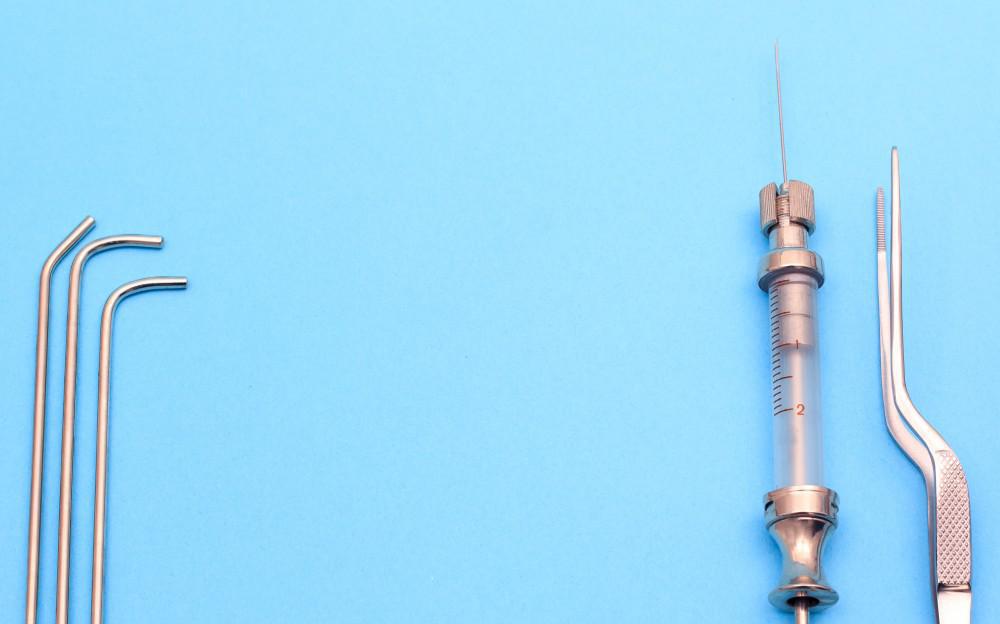
Sixty years ago, the role of the tonsils as part of the body’s protection systems wasn’t fully understood, and a child who suffered from frequently inflamed tonsils was routinely routed for surgery to remove them, a procedure called tonsillectomy.
However, the medical world now knows that tonsils serve as a first line of defense, and when they’re infected, they may be preventing pathogens from penetrating deeper into the body.
Yet about 290,000 children still receive tonsillectomies every year, down from more than 500,000 in the late 2000s. It’s the second-most common surgery for children, after tympanostomy, the procedure to add temporary drainage tubes to the ears. Today, though, sleep disorders are more likely the reason for a tonsillectomy.
The doctors at Lakeshore Ear, Nose & Throat Center specialize in tonsillectomy, and they’re your first call for advice when surgery may be an option for your child. With five locations in the Greater Detroit area, there’s an office conveniently located for you. Here’s what you can expect if your child requires a tonsillectomy.
Reasons for tonsillectomy
It’s been a decade since the American Academy of Otolaryngology published new guidelines for choosing tonsillectomy as a treatment. Formerly, a child with as few as three throat infections a year could be targeted for the procedure.
Throat infections can still be a reason to remove the tonsils, but now the annual guideline is seven infections, 10 infections over two consecutive years, or nine infections in a three-year period, where all occurrences are confirmed and documented by a doctor. Far fewer children meet these criteria.
Instead, tonsillectomy is now primarily a treatment for juvenile obstructive sleep apnea, where soft tissue in the throat partially collapses while your child sleeps.
This can cause many small waking episodes during the night, leading to interruptions of restful stages of sleep and leaving your child listless and tired through the day. Removing the tonsils frees up space and makes breathing during sleep easier.
What to expect: During surgery
Surgery itself is simple. It’s now performed on an outpatient basis, meaning your child comes home the same day as the procedure. Removing the tonsils produces little blood, usually only a few drops.
Removing the adenoids is at the discretion of the surgeon, since they can’t be observed during a basic exam, so you may find out about this after the procedure. Surgery itself takes about 15 minutes.
What to expect: During recovery
Despite the simplicity of the procedure, recovery is often uncomfortable for your child. Encourage them to drink plenty of fluids, despite any pain with swallowing. The most common complication of tonsillectomy is usually dehydration.
Follow the medication schedule prescribed by your doctor for the first 48 hours after surgery, to block the worst post-surgical pain, making eating and drinking easier during this important period.
Recovery time for tonsillectomy is about a week unless your child is in their pre-teens or teens. Two weeks is more common when they’re older. Children of any age should take a two-week break from sports or strenuous activity to prevent post-surgical bleeding.
Contact Lakeshore Ear, Nose & Throat Center today to schedule a consultation at the most convenient office. Your child could be a week away from better sleep.

